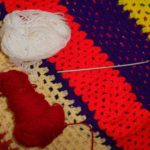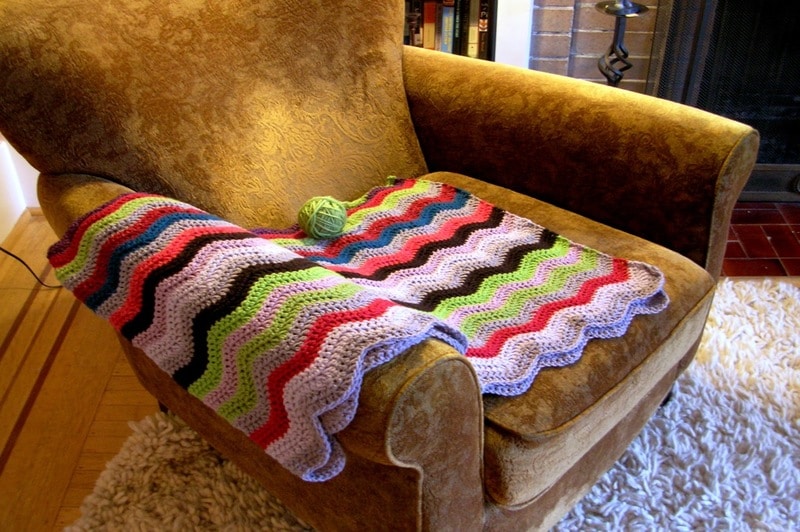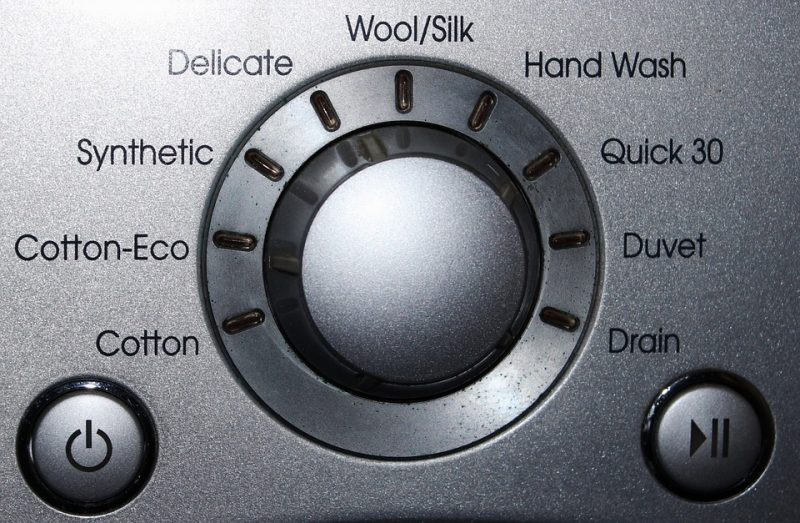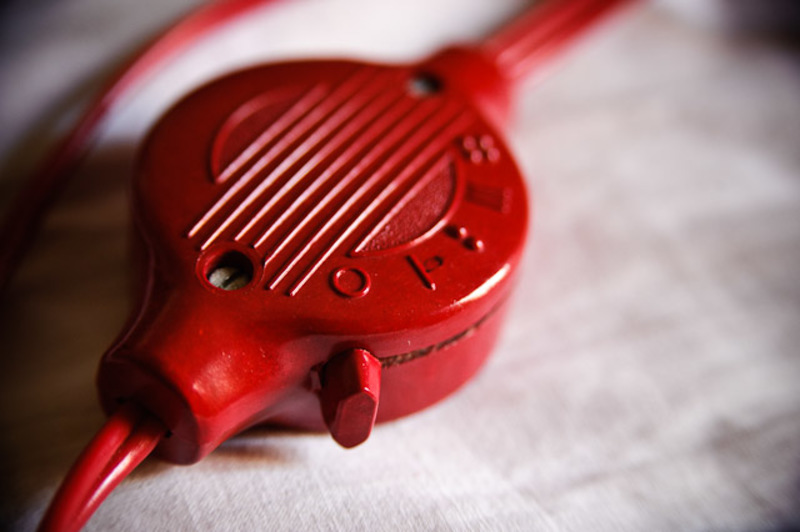Over the quarantine, many people in the UK have taken up various hobbies. Learning how to crochet a simple blanket is one of those hobbies that have boomed in the pandemic.
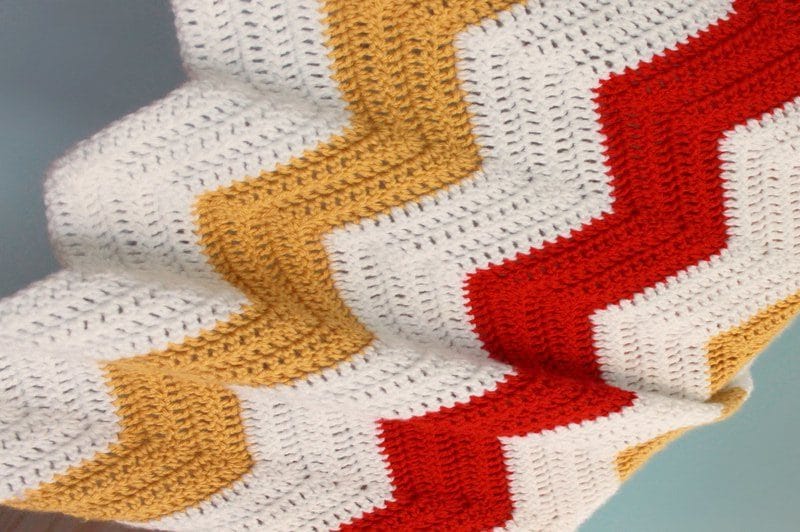
This article will teach you to crochet a simple blanket, from the materials you need to the various steps involved €“ and even a few handy tips!
What Materials Do You Need?
The first and most important thing you need to do is prepare your materials beforehand. You should have enough materials for the size of the blanket you want to make. Below is a complete list of all the things you will need:
- Chunky yarn
- Size H, 5.0 mm Crochet Hook
Once you’ve gathered all of your materials, you can begin making your very own crocheted blanket!
How To Crochet A Simple Blanket?
Crocheting may seem daunting, but fear not! Once you figure out the basics, you’ll have a blanket in no time.
Here are the steps you need to follow so you can crochet your very own blanket.
Step #1. Determine the size
You can measure your mattress and add a few inches to that according to your liking to determine this. Ensure that the length and width of the blanket are enough to cover the user and the bed.
If you require assistance with measuring, you may use these standard sizes instead:
- Baby blanket – 30 inches by 30 inches
- Throw blanket – 50 inches by 60 inches
- King blanket – 108 inches by 90-100 inches
Once you’ve figured out how large you want your blanket to be, purchase enough yarn to make it.
Step #2. Look for a pattern or design your own
To make a blanket, you will need a pattern. There are many of these available on the internet, often for free! You can opt for a simple, easy-to-follow pattern or challenge yourself with a complicated design.
For beginners, one of the easiest methods, and the one we will be using here, is the Granny Square Blanket method.
Step #3. Crochet
This section is heavy with crochet terminologies. Here is a quick cheat sheet before we begin:
- Ch – chain
- Dc – double crochet
- Sl st – slip stitch
Now that you’re familiar with the terms, here are the instructions:
- Start your first round of granny square by making a slip knot on your hook. Then, ch 3.
- Crochet two dc stitches to the base of your ch 3. Then, ch 2.
- Crochet 3 dc stitches into the base of the first ch 3 round. Then, ch 2. Repeat this step twice.
- Close this round with an sl st.
- Start your second round. Crochet three dc stitches, ch 2, and crochet another three dc stitches. Do this in just one corner. Ch 2.
- Repeat the step above on each of the corners of the square.
- Once you reach the corner where you started, make three dc. Ch 2. Sl st to close.
- Start your third round. Chain 3, then crochet two dc stitches in just one corner. Then, ch 2.
- Crochet a cluster of 3 dc stitches on the side of the square, then ch 2.
- Make your way around the square by repeating the steps for round 3 on each corner.
- Once you reach the starting corner, make three dc stitches, ch 2, and sl st.
- Keep repeating rounds 1 to 3 until you reach the desired size for the blanket. Add more spaces in between clusters as you make more rounds.
- Once you’re satisfied with the size, cut off the yarn. Leave a trail of at least 6 inches and then weave in the ends.
What are the best stitches for beginners?
The best crochet stitches for UK beginners are those that are simple and easy to do.
The first one is the crochet chain stitch. This stitch is the most basic among all the crochet stitches. It is abbreviated to ch and used in the instructions above.
The next stitch is the slip stitch (sl st). It is considered the foundation of all crochet projects. It used to join two crocheted elements or to add flourish to your design. It also used in the Granny Square pattern.
The last stitch is the double crochet stitch, which once more used in the instructions above. It abbreviated to dc. It combines all the basic stitches.
Does It Take Long For A Newbie To Crochet A Blanket?
It depends.
A blanket can take anywhere between a week and a whole month to finish. Sometimes, the type of yarn you use can speed up the process. Chunky yarn projects are usually faster to complete than thinner yarn.
Ultimately, a project’s duration depends on how much time and effort you’re willing to spend on learning and practising a new craft.
Conclusion
Making a crochet blanket uses only a few materials. It also done with simple and easy steps. It is a beginner-friendly hobby worth trying.
Now that you have discovered how to make your simple blanket, you can move on to bigger and more complicated projects.


